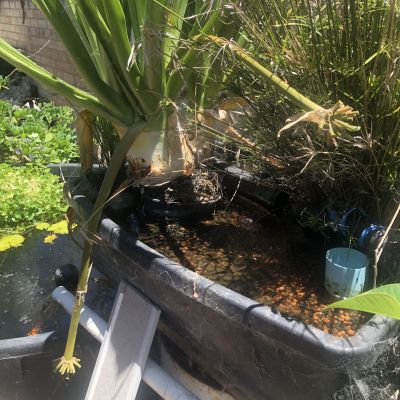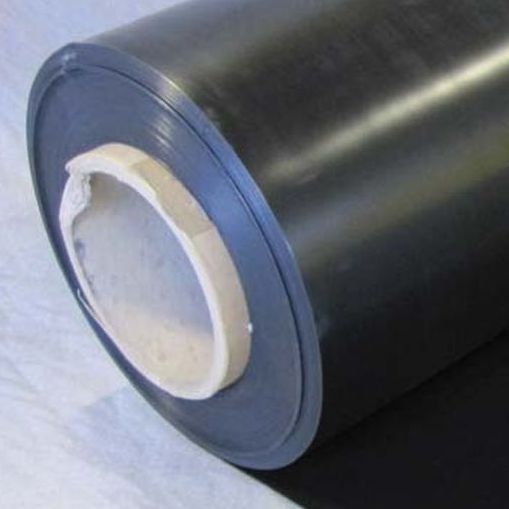Planting Your Pool:
Before adding fish, it’s crucial to plant your pool to create a healthy habitat. Aquatic plants offer numerous benefits: they generate oxygen, provide shelter and food, and create an ideal spawning environment. Most importantly, they play a key role in preventing the water from turning green. Green water is a common issue, but the solution lies in achieving the right balance between plants and filtration. The presence of green water typically indicates an overgrowth of algae, microscopic plants that are harmless to fish but unsightly. Algae thrive on light and mineral salts, both of which are abundant in newly filled ponds. If deprived of these resources, algae will eventually die off, and the water will clear. To achieve a balanced ecosystem, include the following types of plants:
Oxygenating Plants:
These plants are essential as they thrive on mineral salts and other nutrients present in the water. Once established, oxygenating plants help reduce algae growth. They are also beneficial to fish, as they release oxygen during daylight hours.
Deep Water Aquatics:
The most famous plant in this category is the water lily, known for its large, colorful blooms that make it a central feature in your pond. During the peak growing season, it’s ideal for lily pads and other floating plants to cover half to two-thirds of the water surface to limit excess sunlight and help control algae growth.
Floating Plants:
Floating plants also aid in controlling blanket weed and algae by reducing the amount of sunlight reaching the water’s surface.
Marginal Plants:
These plants serve more decorative purposes, softening the formal edges of the pool and giving it a more natural look. There’s a wide range of varieties offering bold contrasts in color and foliage.
Shortly after planting a new pond, you’ll see the balance of the ecosystem begin to take effect. Initially, the water may turn pea-green, but don’t worry—this is a normal phase. Patience is key! Avoid changing the water, as this will reintroduce mineral salts, restarting the cycle. Eventually, you may notice a reddish tint around the pool’s edges, followed by the water clearing. The process could take anywhere from one to ten weeks, depending on the water chemistry, plant density, and environmental factors. However, the water will clear and remain clear unless the balance is disturbed. If you can’t wait for the water to clear, consider using algicides or installing an external or internal biological filter.
4o mini


